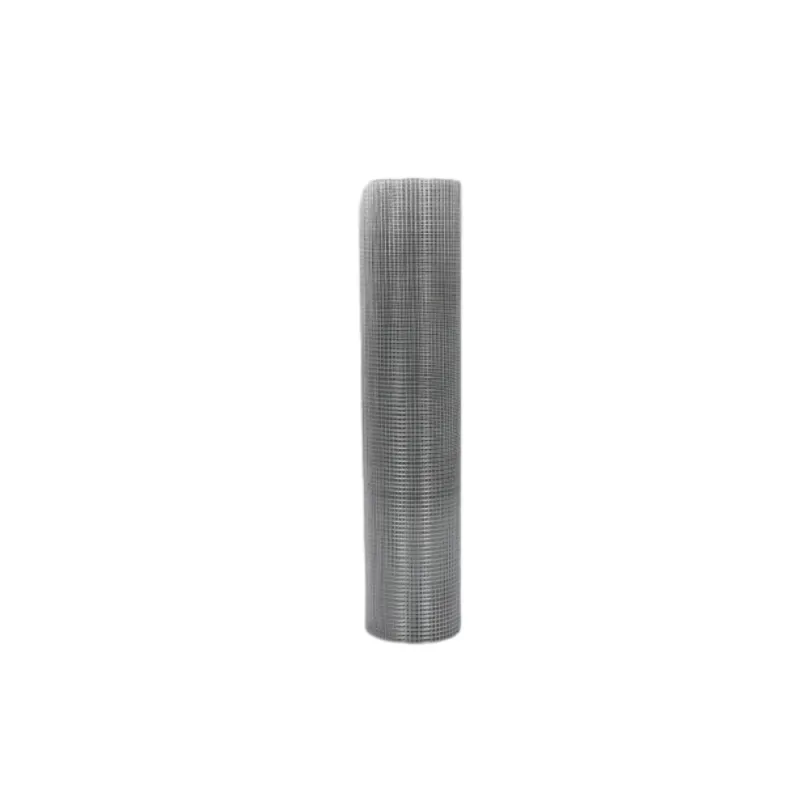
- Afrikaans
- Albanian
- Arabic
- Armenian
- Azerbaijani
- Basque
- Belarusian
- Bengali
- Bosnian
- Bulgarian
- Croatian
- Czech
- Danish
- Dutch
- English
- Esperanto
- Estonian
- Finnish
- French
- Galician
- Georgian
- German
- Greek
- hawaiian
- Hindi
- Hungarian
- Indonesian
- irish
- Italian
- Lao
- Latvian
- Lithuanian
- Luxembourgish
- Macedonian
- Maltese
- Myanmar
- Norwegian
- Polish
- Portuguese
- Romanian
- Russian
- Serbian
- Slovak
- Somali
- Spanish
- Swedish
- Thai
- Turkish
- Turkmen
- Vietnamese
Dic . 09, 2024 17:47 Back to list
Best Fencing Options for Keeping Cattle Safe and Secure on Your Farm
When it comes to raising cattle, one of the most critical aspects of ensuring their safety and well-being is proper fencing. The type of fencing selected can significantly impact the management of livestock, as well as their health and security. With a variety of fencing options available, it’s essential to identify which type works best for your specific needs. This article explores different fencing types suited for cattle and highlights factors to consider when making your choice.
1. Barbed Wire Fencing
One of the most traditional and widely used fencing types for cattle is barbed wire fencing. Barbed wire consists of two or more strands of wire twisted together, with barbs at regular intervals. This type of fencing is relatively inexpensive and provides a strong deterrent against cattle escaping or predators entering. However, it’s important to note that while barbed wire is effective, it can injure cattle if they attempt to push through it. Therefore, ensuring proper installation and maintaining the fence is crucial to avoid potential injuries.
2. Stock Netting
Stock netting, also known as woven wire fencing, consists of vertical and horizontal wires that create a grid-like pattern. This type of fencing is particularly effective for keeping livestock contained and protecting against predators. Stock netting typically comes in various heights and mesh sizes, allowing farmers to choose the appropriate specifications based on the size of their cattle and local wildlife. While stock netting can be more expensive than barbed wire, its durability and safety make it an appealing option for cattle ranchers.
3. Electric Fencing
Electric fencing has gained popularity in recent years due to its effectiveness and flexibility. This type of fencing uses electrical currents to deter animals from crossing boundaries. Electric fencing can be especially beneficial in rotational grazing systems, as it allows for the quick setup of temporary pastures while still providing strong containment. Additionally, electric fencing is relatively low-maintenance and can be used in conjunction with other fencing types to enhance security.
However, it’s essential to ensure that the electric fence is properly installed to avoid accidents. Training cattle to respect electric fencing is also crucial, as they may initially be curious and attempt to approach it. Once they learn to avoid the shock, electric fencing becomes a reliable deterrent.
4. High Tensile Fencing
what type of fencing is best for cattle

High tensile fencing is another effective option for cattle. It consists of fewer but stronger wires that are stretched tightly across posts. This type of fencing is highly durable and resistant to sagging and weathering. High tensile fencing can be used with barbed or smooth wires, depending on the preferences and requirements of the owner.
The primary advantage of high tensile fencing is its ability to withstand pressure from large animals like cattle without compromising its structural integrity. As a result, it can endure adverse weather conditions and remain functional for extended periods. While the initial investment may be higher, the long-term benefits make it a wise choice for many livestock farmers.
5. Composite Fencing
Composite fencing material is a relatively new addition to the livestock fencing market. Made from a combination of plastic and wood fibers, composite fencing offers a balance of durability and visual appeal. This type of fencing does not splinter and is resistant to rot, making it a safe option for cattle.
While composite fencing tends to be more expensive than traditional materials, it requires minimal maintenance and offers a long lifespan. Its aesthetic appeal can also enhance the overall look of a ranch or farm, making it an attractive choice for those considering the marketing aspects of their operation.
Conclusion
Selecting the best type of fencing for cattle is a crucial decision that can significantly impact the efficacy of livestock management. Whether choosing barbed wire, stock netting, electric fencing, high tensile fencing, or composite fencing, each option has its own advantages and drawbacks. It’s essential to consider factors such as the size and behavior of your cattle, local predators, budget constraints, and long-term maintenance.
Ultimately, investing in high-quality fencing not only protects your investment but also ensures the safety and well-being of your cattle, leading to a successful and sustainable farming operation. Always seek out reputable suppliers and consider consulting with experienced ranchers or agricultural extension services for guidance tailored to your specific situation.
-
Versatile Sheep and Livestock Hurdles for Sale
NewsApr.14,2025
-
The Rise of BRC Fencing
NewsApr.14,2025
-
High-Quality Cattle and Horse Panels for Sale
NewsApr.14,2025
-
Durable Cattle Fencing Solutions
NewsApr.14,2025
-
Double Wire Fencing Solutions
NewsApr.14,2025
-
360 Degree Protection with 358 Anti-Climb Fences
NewsApr.14,2025









